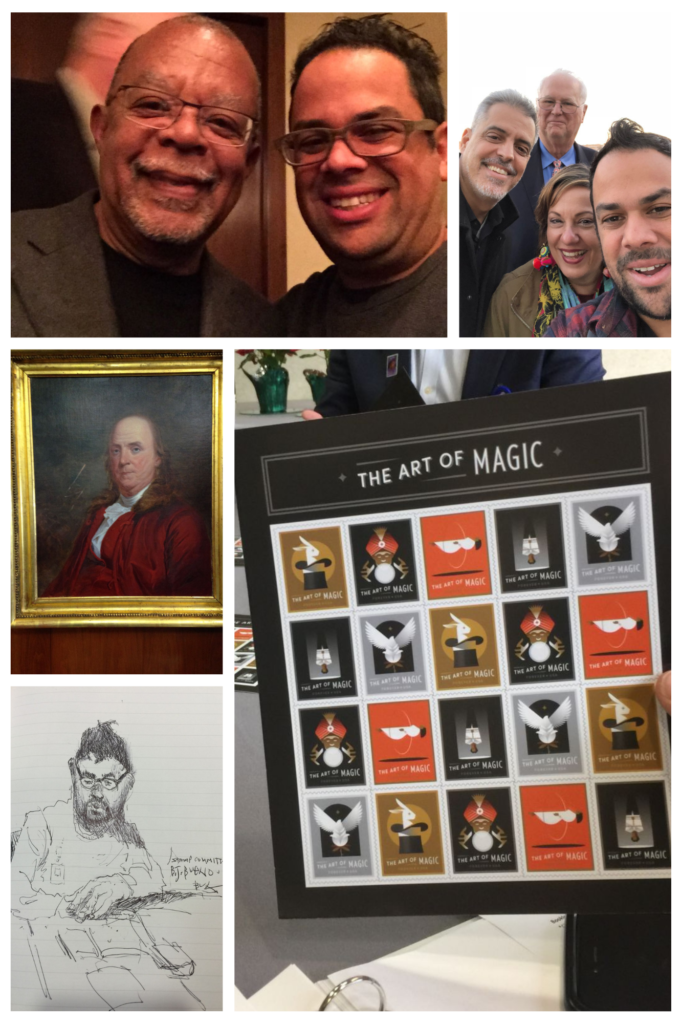We want to express our sincere gratitude to our readers and customers for their continued support.
Fostering an attitude of gratitude has become more crucial than ever. Here are four concise tips to activate the power of gratitude and enhance your daily happiness.
Schedule Time for Gratitude:
Incorporate gratitude into your daily routine by setting aside a few minutes each day. Consider starting and ending your day with a gratitude exercise, allowing positive energy to shape your mindset. Jot down three things you are thankful for in a journal during these moments, shifting your focus from stress to upliftment.
Express Thanks in Writing:
Move beyond verbal expressions of gratitude by taking the time to write thank-you notes. John F. Kennedy’s words remind us that the highest appreciation is lived, not just spoken. At the end of your day, write a note, send an email, or text a colleague expressing your gratitude. This written gesture not only serves as a token of appreciation but also prompts personal reflection.
Everyday Thanksgiving:
Treat every day as a holiday and each meal as a feast. During lunch breaks, create a Thanksgiving atmosphere by sharing gratitude with colleagues. Express specific appreciation for each other’s contributions, fostering connection and a positive corporate culture.
Stay Present:
Avoid the trap of dwelling on the past or worrying about the future. Stay present by appreciating the current moment, whether it’s the person you’re with, the view outside, or a simple cup of coffee. Tools like meditation can help you focus on gratitude, allowing it to become a more integral part of your life.
What you focus on grows. By consistently practicing these tips, you can cultivate a grateful attitude that becomes a way of life. In a world that often emphasizes fault-finding, embracing gratitude can positively impact your outlook and contribute to a more appreciative environment.


